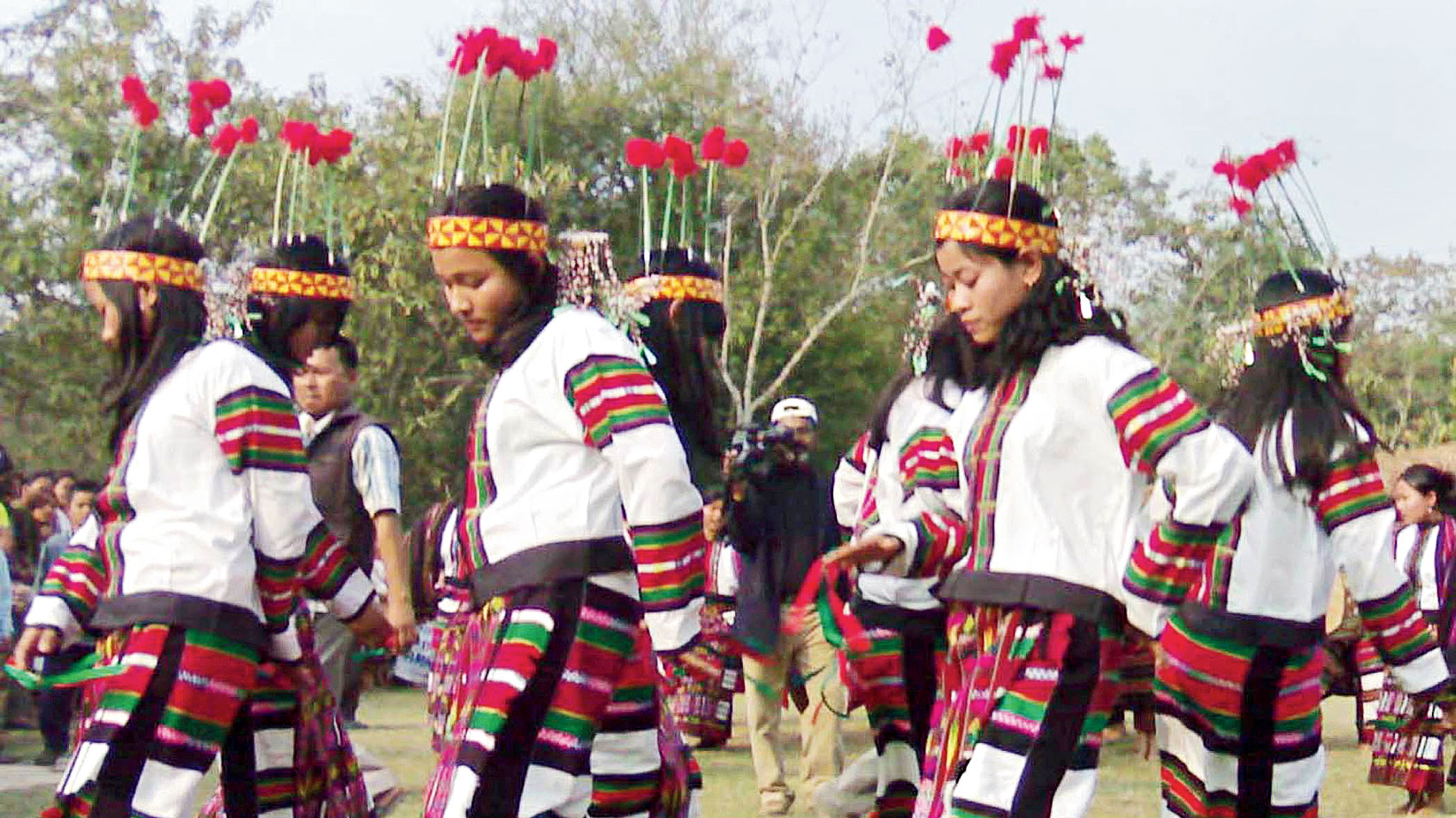It offers protection against the cold of the Lushai mountains, indicates various hues of celebration, bravery or mourning, and has just received a geographical identification tag.
Right first guess: these are five Mizo traditional puan (shawls), which have received the GI tag, Mizoram art and culture director Hmingthanzuala said on Saturday.
He said the Centre on Friday allotted GI tags to five the traditional shawls or wraparounds — Hmaram, Ngotekherh, Tawlhlohpuan, Pawndum and Mizo Puanchei.
However, an official statement issued by the Centre indicated that only two Mizo shawls are being patented.
The statement said the department of promotion of industry and internal trade has registered GI tags for Tawlhlohpuan and Mizo Puanchei from Mizoram, Palani Panchamirtham in Palani Town, Tamil Nadu and Tirur betel leaf from Kerala.
Hmingthanzuala said the state art and culture department has applied for the GI tag for various Mizo traditional shawls since 2015.
He said they consulted the officials in the state since and technology department for the purposes and the applications were rejected several times by the Centre.
According to the director, many Mizo traditional shawls have been modified by traders in and outside the state.
The traditional shawls originally belonged to the Mizos and the GI tag is necessary to retain ownership and originality of the traditional shawls, he said.
He added that that the government would soon issue official notices to inform the public to maintain originality of the traditional shawls and restrict their usage.
GI tag is used on products that have a specific geographical origin and possess particular qualities or reputation.
Tawlhlohpuan has a cultural significance among the Mizo puan.
It is worn only by a very courageous warrior among the Mizo men as a symbol of their bravery.
Mizo Puanchei is the most colourful and popular among the Mizo shawls.
It is wrapped around the waist.
Pawndum is a traditional shawl worn at funerals to indicate lamentation or mourning.
Hmaram and Ngotekherh are among the most popular Mizo traditional shawls worn on special occasions.
The Hmar, a major Mizo tribe, claimed that the two shawls originally belonged to them.











